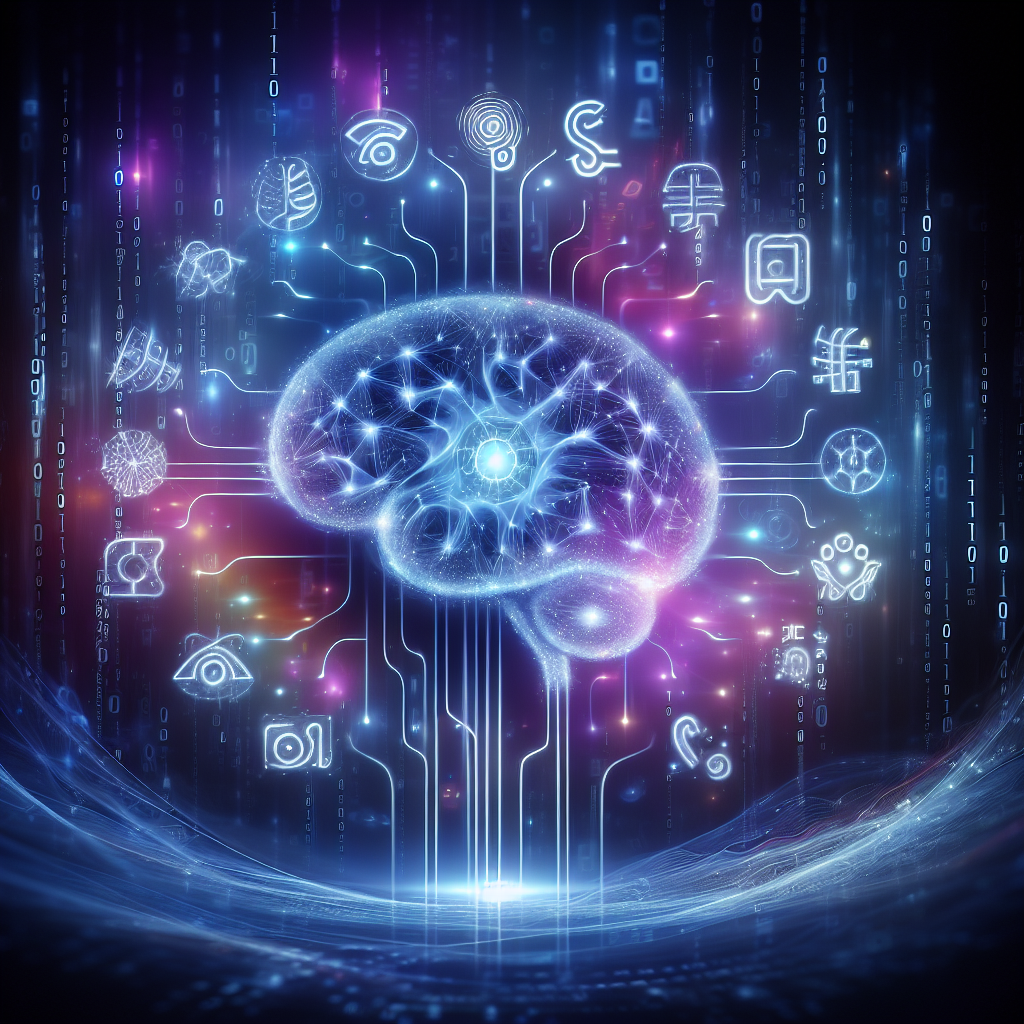Absolutely! Imagine discovering a hidden treasure trove; that’s how I feel every time I delve into the advancements of AI technology. It’s like we’re living in a sci-fi movie where the machines aren’t taking over the world, but actually making our lives better and easier. Speaking of which, have you ever wondered how your smartphone seems to know what word you’re about to type next? The magic behind it is all thanks to AI, specifically something called predictive text, which falls under a broader category called natural language processing (NLP). I know, it sounds pretty technical, but bear with me—I’ll break it down for you.
Understanding Natural Language Processing
Natural Language Processing, or NLP for short, is a fascinating branch of AI that aims to bridge the gap between human communication and computer understanding. Think of it as teaching your computer to speak and understand human language, just like in Star Trek! The goal is to enable machines to comprehend, interpret, and respond to human language in a way that is both meaningful and useful.
Imagine teaching a child to understand and respond to various questions and statements. NLP involves a similar learning process but on a significantly more complex level. It deals with not just the meaning of words but also context, nuances, slang, and even sarcasm. This is crucial because, let’s face it, human language is messy and complicated. If you’ve ever tried to explain the different meanings of the word “bank,” you’ll know what I mean.
How Does NLP Work?
Great question! NLP works by analyzing large amounts of human language data to identify patterns and structures. There are several stages involved:
1. **Tokenization:** This is the first step where sentences are broken down into individual words or tokens.
2. **Parsing:** In this step, the grammatical structure of a sentence is analyzed. It’s like diagramming sentences back in school—remember those days?
3. **Semantics:** This stage involves understanding the meaning behind the words and sentences. It’s more than just dictionary meanings; it’s about interpreting context.
4. **Sentiment Analysis:** This is where the AI can determine the sentiment or emotional tone behind a piece of text, like figuring out if a review is positive or negative.
5. **Machine Learning:** Finally, NLP systems often use machine learning to improve their understanding and responses over time. The more data they process, the smarter they get.
It’s like a never-ending learning journey for these algorithms, which is pretty cool if you ask me!
The Magic of Predictive Text
Now, let’s dive into something practical—predictive text on your smartphone. This is a fantastic example of NLP in action. When you start typing a message, your phone uses NLP to predict what word you might type next. It considers the context of what you’ve already typed, your previous typing habits, and common language patterns to make its predictions.
Take a moment to recall the last time your phone suggested the perfect word before you finished typing. Handy, right? This functionality saves you time and reduces the effort of typing out entire sentences, making texting and writing on your mobile devices a breeze.
Why Should You Care?
You might be wondering why any of this matters to you. Here’s the thing: understanding the basics of how these technologies work can give you a greater appreciation for the tools you use daily. Plus, NLP is transforming industries—from customer service with chatbots that answer queries 24/7, to healthcare with AI that can understand and process patient information quickly. Even if you’re not a tech guru, being aware of these advancements can open up a world of opportunities and innovations.
What’s Next for NLP?
The potential for NLP is vast and exciting. Researchers are continuously working on improving the accuracy and capabilities of these systems. Imagine AI that can not only understand and translate languages flawlessly but also detect nuances like irony or humor. Or how about virtual assistants that can hold conversations so natural you’d think you’re talking to another human?
We’re not just talking incremental improvements here; we’re on the brink of leaps that will make today’s technology look like ancient history.
So, what do you think? Isn’t it fascinating how far we’ve come and how much further we can go with AI and NLP? Leave a comment below with your thoughts or any questions you have about AI. Let’s keep this conversation going!
